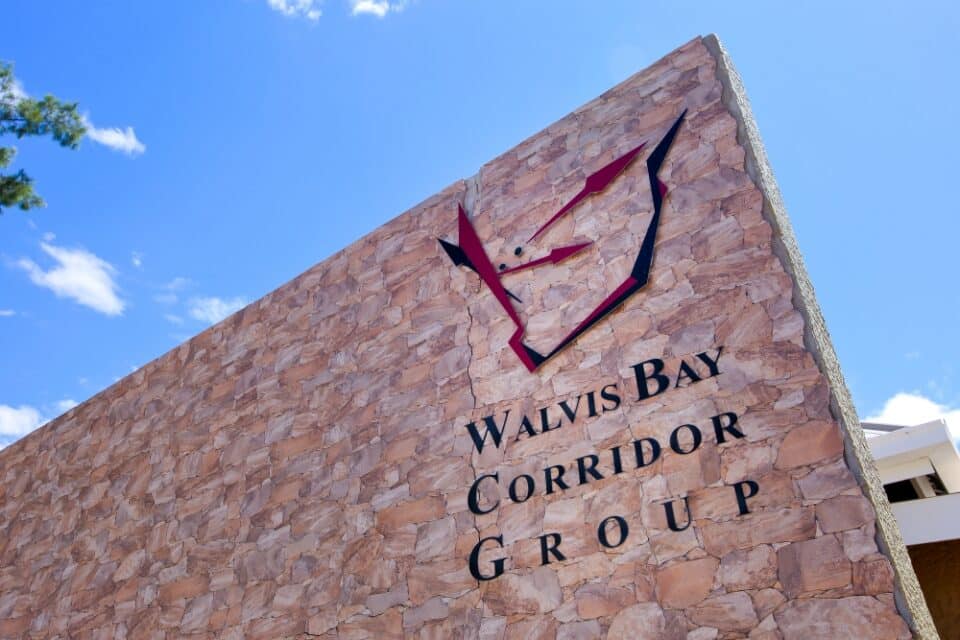The Walvis Bay Corridor Group (WBCG) is pushing forward with plans to develop a major new trade route that will link Kolwezi in the Democratic Republic of Congo (DRC) to Walvis Bay in Namibia. This strategic corridor, informally referred to as the “North-Western Corridor,” is poised to transform regional logistics by offering a faster, shorter, and more efficient alternative to the existing routes. Currently, cargo from the mineral-rich DRC and Zambia is funneled through the heavily congested Copperbelt region and the overburdened Kasumbalesa border post, often resulting in lengthy delays and increased transport costs. The new route is set to change that.
According to Mbahupu Hippy Tjivikua, CEO of the WBCG, the corridor will begin in Kolwezi, a key mining hub in the DRC, proceed through Solwezi in Zambia, and continue westward to Mongu. From there, it will head southwest to Katima Mollie, before reaching its final destination at Walvis Bay on Namibia’s Atlantic coast. This route not only bypasses the traditional bottlenecks but also introduces entirely new infrastructure, including roads and a new border post between the DRC and Zambia. Developers have already signed a concession agreement and are in the preparatory stages of construction. These developments signal a strong commitment from stakeholders to enhance trade facilitation and logistics in the region.
One of the North-Western Corridor’s most enticing features is its efficiency. It will be roughly 235 kilometers shorter than the current Walvis Bay-Ndola-Lubumbashi route. More crucially, it is expected to shorten travel times by up to seven days. This marks a huge improvement in supply chain logistics, particularly for time-sensitive cargo like copper and other mineral exports from the DRC and Zambia. Exporters will profit from decreased transportation costs, a lower chance of shipment delays, and greater delivery schedule reliability.
The launch of this route comes at a time of rising copper production in both the DRC and Zambia. The DRC has recently overtaken other global players to become the world’s second-largest copper producer, with annual output nearing three million tons. Meanwhile, Zambia has announced its ambition to increase its copper production to over one million tons per year. As both nations seek to capitalize on growing global demand for copper, particularly in electric vehicle and renewable energy sectors, the need for efficient and dependable logistics infrastructure becomes critical.
The North-Western Corridor offers a promising new solution to long-standing logistical challenges in southern Africa. By providing a direct, faster route from the copper-rich regions of Kolwezi and Solwezi to Walvis Bay, it enhances regional integration and trade competitiveness. The corridor also exemplifies the type of infrastructure development needed to support Africa’s broader economic growth goals. If implemented effectively, this project could mark a turning point in how mineral exports are moved from inland African countries to international markets.


